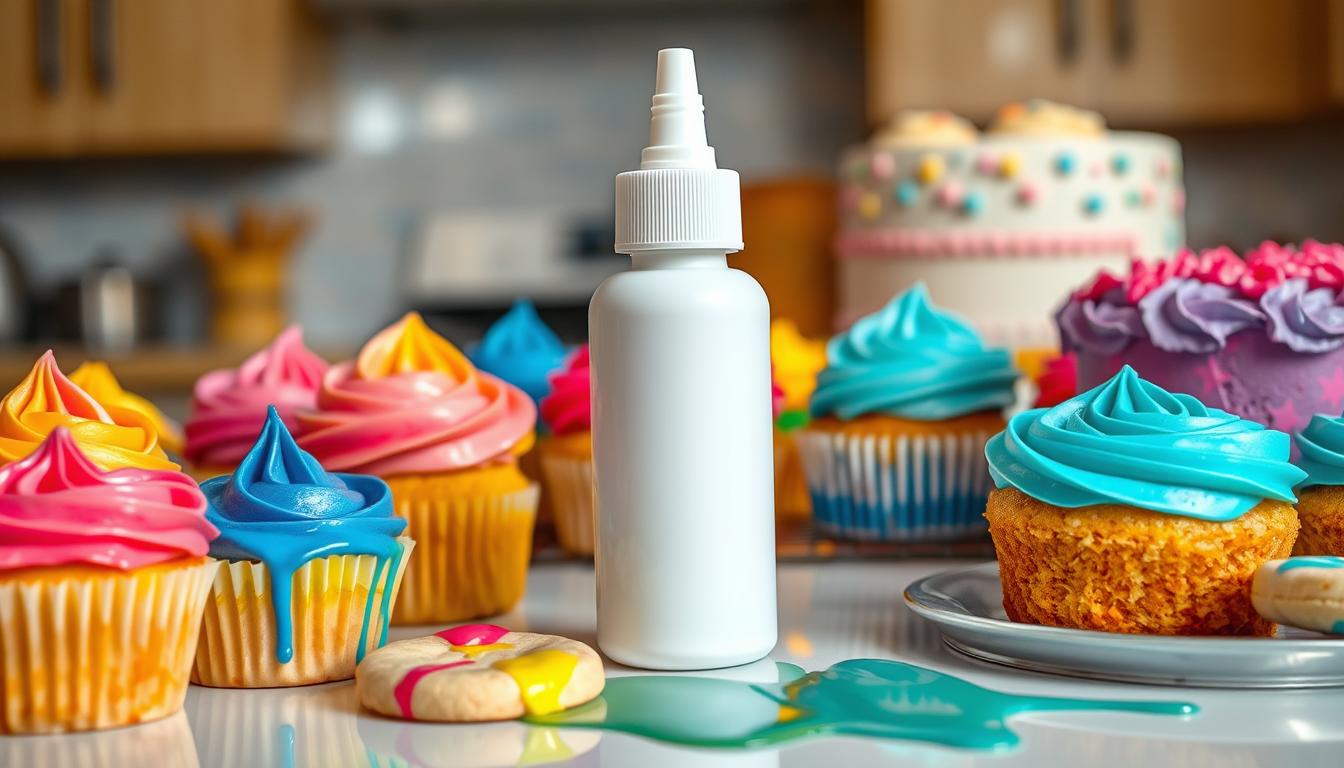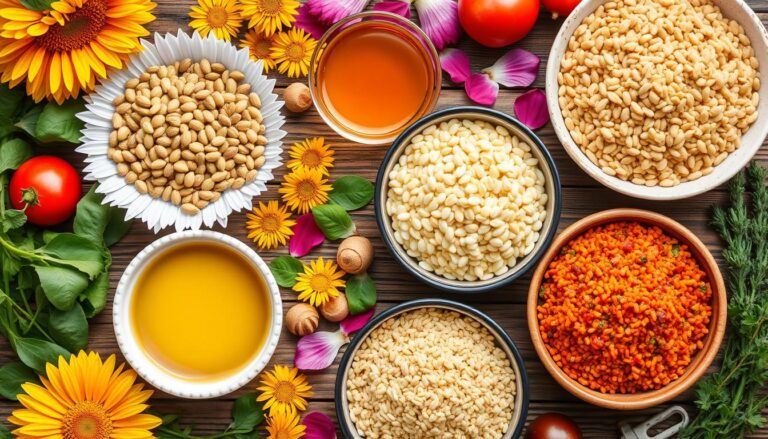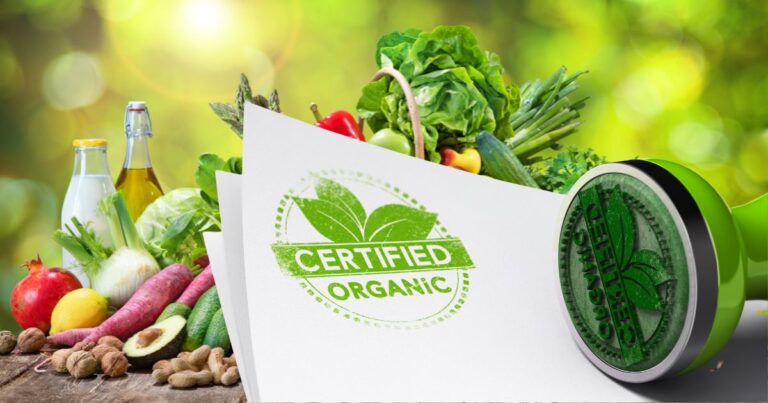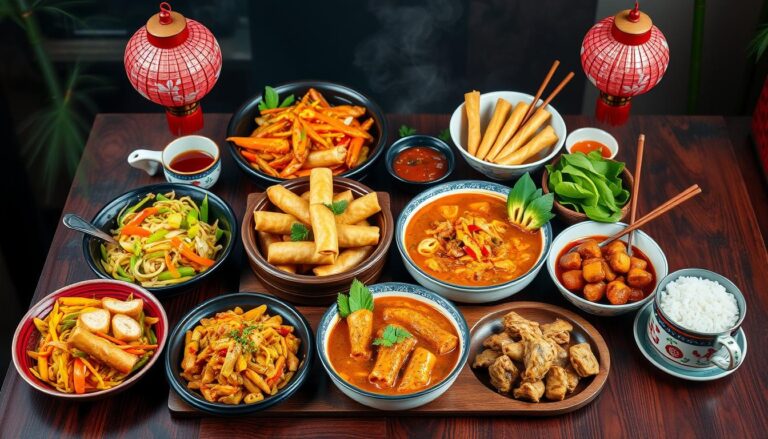White Food Coloring: Enhance Your Culinary Creations
As a home baker, I love how color changes a dish. The right color can make a simple dessert look amazing. White food coloring is perfect for creating a clean look.
White food coloring is great for anyone who loves cooking. It makes your food look better, whether it’s baked goods or savory dishes. It’s all about creating a clean, pure look.
In this article, we’ll talk about white food coloring. We’ll cover its benefits, types, and how to use it. It’s perfect for baking, decorating, and making candies. It can take your cooking to the next level.
Table of Contents
Introduction to White Food Coloring
White food coloring is a key ingredient in cooking. It’s made from natural stuff like titanium dioxide or vanilla powder. This coloring gives foods a bright white look. It’s great for both pro chefs and home bakers.
What is White Food Coloring?
White food coloring adds a clean white color to food and drinks. It doesn’t taste or smell, unlike some other colorings. This makes it perfect for many uses.
Benefits of Using White Food Coloring
- Creates stark contrasts and visual interest in baked goods, frostings, and decorations
- Helps to lighten the appearance of cakes, cookies, and other pale-colored items
- Provides a blank canvas for intricate decorative details and designs
- Enhances the vibrancy of other food colorings when used in combination
- Allows for the creation of unique and visually striking culinary creations
Knowing about white food coloring opens up new creative paths in cooking. It’s perfect for making stunning wedding cakes, colorful candies, or adding elegance to baked goods. This versatile ingredient can change your kitchen game.
“White food coloring is a game-changer for bakers and chefs who want to create visually stunning and eye-catching culinary masterpieces.”
Natural vs. Artificial White Food Coloring
When you want to add a bright white color to your food, you have two choices: natural or artificial white food coloring. Knowing the difference helps you pick what’s best for you.
Natural white food coloring comes from minerals like titanium dioxide or plants like vanilla powder. People like it because it’s clean and doesn’t have synthetic chemicals. Artificial white food coloring, made in labs, might have chemicals to get the right color.
Artificial colorings can look more vibrant, but some worry about their impact on the environment and health. More and more, people are choosing natural white food coloring for its safety and eco-friendliness.
Some research has raised concerns about artificial food coloring and health issues. But, the findings are not clear. Natural food colorings, from plants and minerals, might be better for you and the planet.
Switching to natural food coloring can be tricky. It might change how your food tastes and looks. You might need more of it to get the same bright color as artificial dyes. You’ll need to try different amounts and see what works best.
In the end, whether to use natural or artificial white food coloring depends on what you value most. It’s about taste, looks, and how it affects the environment. By knowing the good and bad of each, you can choose what fits your cooking style and values.

Varieties of White Food Coloring
There are many types of white food coloring to pick from. Each has its own special features and uses. Bakers and chefs can find the perfect white food coloring for their recipes.
Oil-Based White Food Coloring
Oil-based white food coloring mixes well with oils and fats. It’s great for coloring cake batters, frostings, and other fatty foods. This type of coloring spreads evenly, giving a bright white color to your dishes.
Gel-Based White Food Coloring
Gel-based white food coloring is thicker and more concentrated. It’s perfect for adding color to icing, fondant, and other detailed decorations. Its thick consistency gives a bright, clear white color that makes your dishes stand out.
Powder-Based White Food Coloring
Powder-based white food coloring comes from ingredients like titanium dioxide or vanilla powder. It’s easy to mix into dry ingredients, coatings, and dusts. This type is great for getting a consistent white color in things like batters, doughs, and coatings.
Choosing the right white food coloring can make your dishes look amazing. Each type has its own benefits. By knowing what each one does, you can create incredible dishes in your kitchen.
Applications of White Food Coloring
White food coloring is used in many ways in baking, pastry, and sweets. It can color cake batters, cookie doughs, frostings, icings, and glazes. This makes many baked goods and pastries look better.
Baking and Pastry
In baking and pastry, white food coloring helps make things look clean and even. It’s added to cake batters and cookie doughs for a uniform white base. Gel paste food coloring is popular because it’s vibrant and easy to use.
Decorating and Icing
White food coloring is great for cake decorating. It’s used for detailed designs and piping that pop against darker or colored backgrounds. White icings, frostings, and fondants are perfect for showing off your skills, making your cakes stand out.
Candy Making
In candy making and confections, white food coloring is key. It’s mixed into fondants, gum pastes, and more for a bright look. It’s great for making candies and confections look amazing.
White food coloring opens up many ways to make food look better. It’s used in baked goods, pastries, candies, and confections. It lets you be creative and impress your audience.

Enhancing Culinary Creations with White Food Coloring
White food coloring can change how your baked goods and desserts look. It helps create striking contrasts and highlights details. This makes your creations look like art.
It’s perfect for making a wedding cake stand out or decorating sugar cookies. White food coloring adds a clean, pure white color. This makes your desserts look professional and eye-catching.
White food coloring lets you express your creativity. Imagine a cake with white buttercream and intricate designs. Or sugar cookies with white edges and colorful sprinkles.
“White food coloring is the secret weapon for culinary artists who want to elevate their creations to new heights of visual appeal.”
With creativity and the right techniques, white food coloring can make your desserts look amazing. It opens up new possibilities for your culinary art. Your guests will be amazed by your creations.
Achieving the Perfect White Shade
Getting the perfect white shade with white food coloring takes practice. Begin with a small amount and gradually increase until it feels just right. This way, you won’t overdo it.
Tips and Tricks
Here are some tips for the perfect white:
- Start with a small amount of white food coloring and gradually increase the quantity until you reach the desired intensity.
- Gel-based white food coloring typically offers a more vibrant and concentrated color compared to liquid variants, allowing for better control over the final shade.
- Be mindful of the color intensity of your other ingredients, as they can influence the final white tone. Adjust the amount of white coloring accordingly.
- Allow the colored mixture to rest for a few minutes before assessing the true color, as the shade may deepen or change as it sets.
Combining with Other Colors
White food coloring can mix with other colors for new shades. Mixing white with different colors can make soft pastels or bright, multi-colored effects. This opens up a world of creative possibilities.

Remember, the secret to perfect white is to experiment and pay attention to detail. Start small, see how it looks, and adjust as needed. This way, you can get the exact white you want.
Safety Considerations for White Food Coloring
When using white food coloring in your cooking, safety is key. Most white food coloring is food-grade and safe, thanks to FDA approval. Ingredients like titanium dioxide or vanilla powder are usually okay for eating.
But, watch out for allergens or dietary restrictions in the coloring. Some people might react to certain ingredients. Always check the label and the maker’s info before using it.
Follow the maker’s instructions and use it sparingly. This keeps your food safe and tasty. Being careful and informed lets you use white food coloring safely in your recipes.
Addressing Allergies and Dietary Needs
- Know about allergens like carmine or annatto. They can cause skin issues or breathing problems in some.
- Some people avoid artificial or synthetic dyes. Choose natural options instead.
- Talk to your guests or customers about food allergies or dietary needs. This keeps them safe and happy.
| Potential Allergens in White Food Coloring | Possible Reactions |
|---|---|
| Carmine (natural red 4) | Skin redness, swelling, rashes, respiratory symptoms |
| Red 40 (Allura Red) | Hives, facial swelling |
| Yellow 5 (Tartrazine) | Hives, anaphylactic shock |
| Yellow 6 (Sunset Yellow) | Hives, anaphylactic shock |
| Annatto | Mild skin reactions, severe anaphylactic reactions |
By being informed and careful, you can safely use white food coloring in your cooking.
White Food Coloring: Enhance Your Culinary Creations
Unlock your culinary creativity with white food coloring. It’s perfect for bakers, chefs, and food lovers. This ingredient can make your baked goods and desserts look amazing.
White food coloring can turn your creations into stunning art. It’s great for cakes, pastries, candies, and more. You can create beautiful contrasts and colors that impress everyone.
Start exploring the creative side of white food coloring. It’s great for baking, making pastries, and decorating. Learn how to get the right white shade and mix it with other colors for amazing effects.
White food coloring can make your baked goods and desserts look better. It adds elegance and beauty. Let your creativity shine with this versatile coloring agent.
Mastering white food coloring takes practice and creativity. Don’t be afraid to try new things. Let your imagination run wild and make your food visually stunning.
Exploring Creative Possibilities
The use of white food coloring opens up endless creative doors. You can make magical unicorn cakes or striking black-and-white desserts. This versatility lets you explore new culinary experimentation grounds. Try making white chocolate truffles, white velvet cupcakes, or even savory dishes with a creamy base.
Unique Recipes and Ideas
Tap into the creative potential of white food coloring. Create dishes that are both stunning and unforgettable. Here are some unique ideas to spark your next culinary adventure:
- White chocolate and coconut layered cake with a white chocolate ganache
- Vanilla bean panna cotta with a white chocolate drizzle
- White chocolate and raspberry macarons with a white chocolate filling
- Savory white lasagna with a creamy béchamel sauce
- White chocolate and pistachio fudge with a dusting of white cocoa powder
Using white food coloring lets you create innovative cooking and unique desserts. These dishes will impress your guests and make a memorable impact.
Sourcing and Storing White Food Coloring
When looking for white food coloring, choose high-quality, food-grade products. Opt for natural ingredients like titanium dioxide or vanilla powder. These ensure the best results and keep your food safe.
Proper storage is crucial for keeping white food coloring fresh. Store it in a cool, dry place, away from sunlight and heat. Always keep the container sealed to avoid contamination. With the right care, your coloring will stay vibrant and ready to use.
Purchasing White Food Coloring
You can find white food coloring in the baking aisle or online. Make sure it’s labeled as food-grade and safe to eat. Stay away from products with harmful ingredients or artificial preservatives.
Storing White Food Coloring
To keep your coloring fresh, store it in a cool, dry spot. Avoid sunlight and heat. Always seal the container to prevent contamination. Proper storage can extend its shelf life to up to 2 years.
| Storage Condition | Shelf Life |
|---|---|
| Cool, dry place (below 70°F) | Up to 2 years |
| Refrigerator | 1-2 years |
| Freezer | 2-3 years |
“Proper storage is essential for maintaining the quality and potency of your white food coloring. Following these guidelines will ensure you can use your coloring for years to come.”
Conclusion
White food coloring is a versatile tool for making food look amazing. It’s great for bakers, home chefs, and food lovers. It can change the look of your baked goods and desserts in many ways.
With white food coloring, you can create stunning contrasts and vibrant colors. It lets you add a special touch to your creations. This makes your food look like art.
Using white food coloring can make your cooking stand out. It’s perfect for decorating cakes, making frosting swirls, or adding elegance to candies. It’s the key to making your culinary creations look amazing.
So, let white food coloring inspire you. Try new things and see how it can change your baked goods and desserts. It can turn your food into something truly special.
FAQ
What is white food coloring?
White food coloring is a safe coloring for food. It adds a bright white color to food items. It’s made from natural things like titanium dioxide or vanilla powder.







